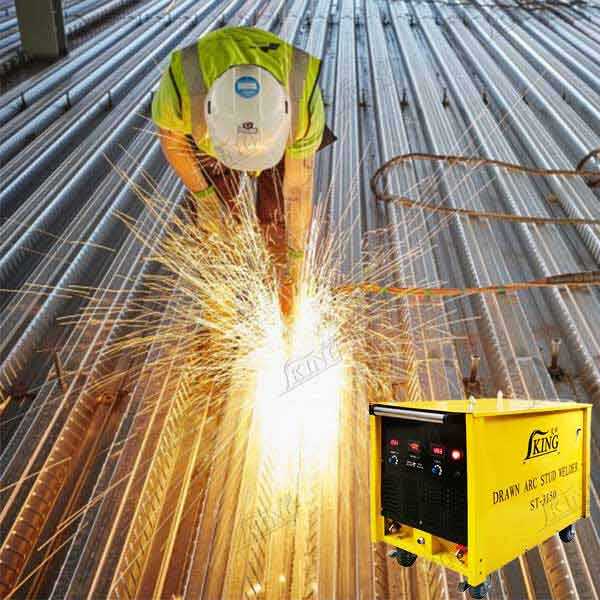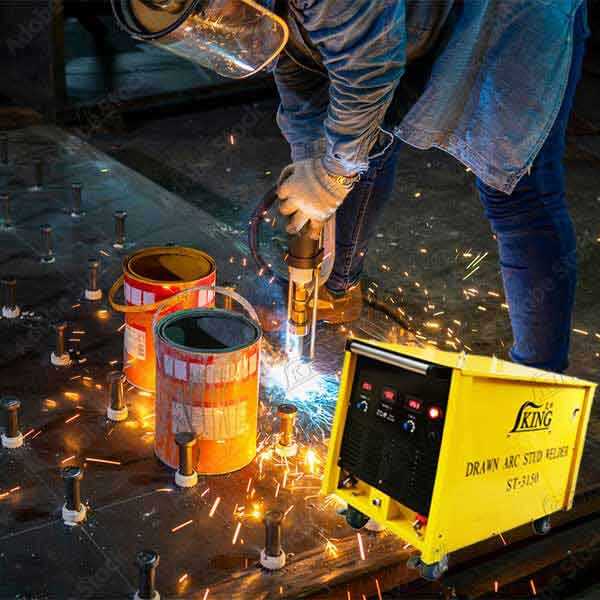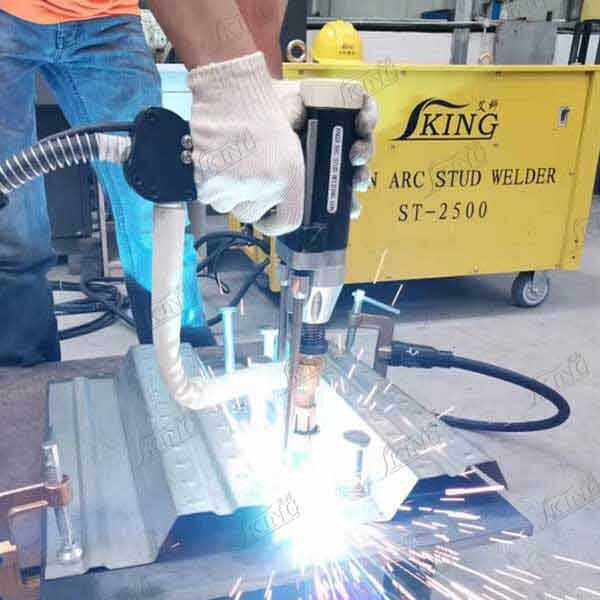stud welding equipment
Stud welding equipment represents a cornerstone of modern industrial welding technology, offering precise and efficient solutions for joining studs to metal surfaces. This sophisticated machinery combines advanced electronic controls with robust mechanical components to deliver consistent, high-quality welds. The system typically consists of a power source, control unit, welding gun, and ground cables, working in perfect synchronization to achieve optimal results. The equipment operates by generating a controlled electric arc between the stud and the base material, creating a molten pool that, when solidified, forms a strong metallurgical bond. Modern stud welding systems feature adjustable welding parameters, including current intensity, weld time, and plunge settings, allowing operators to fine-tune the process for different materials and stud sizes. These machines can handle various stud types, from small threaded fasteners to large structural anchors, making them versatile tools for multiple industries. The equipment's automated timing control ensures consistent weld quality, while built-in safety features protect both operators and machinery from potential hazards. Digital displays and intuitive controls make operation straightforward, even for less experienced users, while advanced models offer data logging capabilities for quality control and process optimization.


